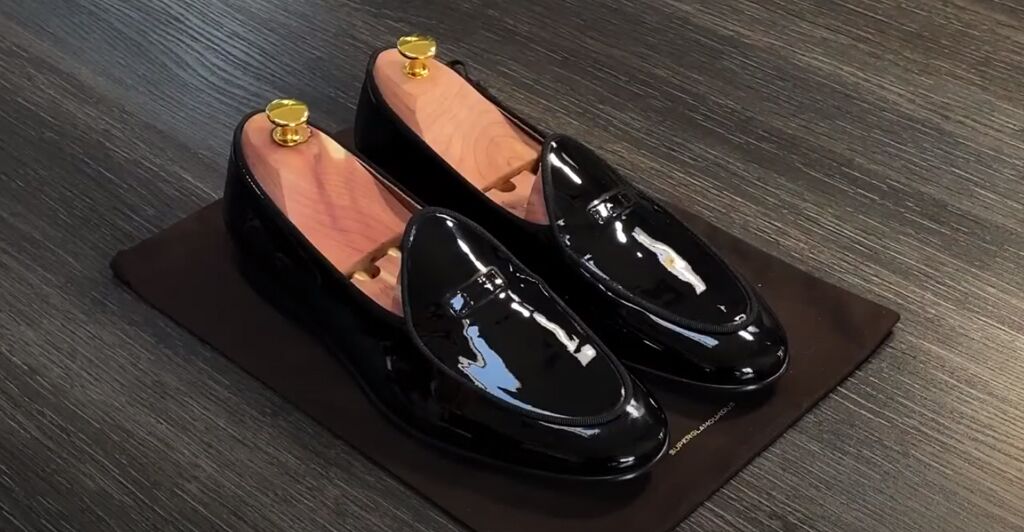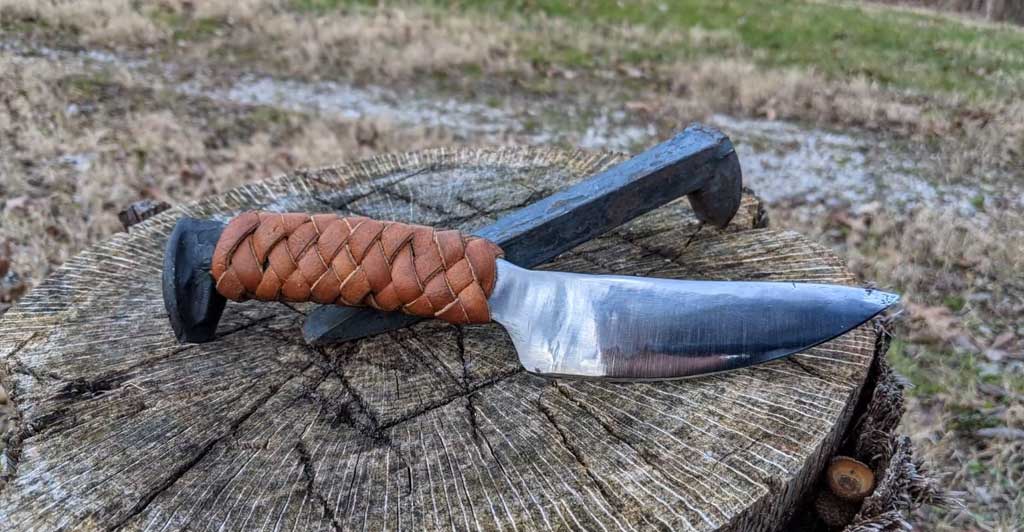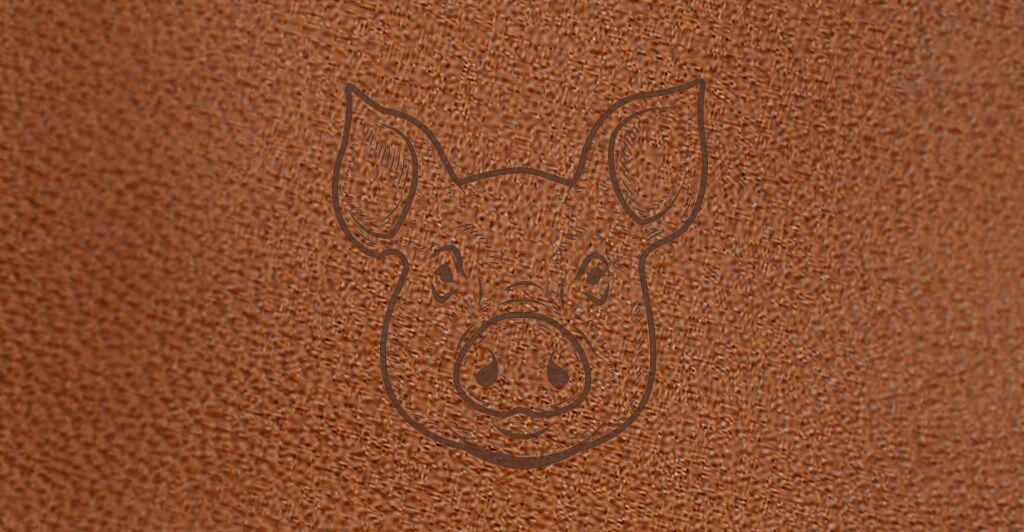Leather from cattle has been around for centuries, but the production process and usage have changed significantly over time. Today bovine leather is a popular choice for upholstery, clothing, and accessories due to its durability and luxurious look. Producing leather from bovine animals involves several detailed steps that are necessary to produce the high-quality material consumers desire. In this article, we will explore how bovine leather is made to better understand its production process.
Raw Material Selection: Choosing the Right Hide
As with any craft, the key element to success lies in selecting the right raw material. The quality of the end product largely depends on the quality of the materials used.
Hide selection for bovine leather is based on a variety of factors such as the size and thickness of the cowhide. Also, marking and scars, uniformity in color and texture, and absence of defects or blemishes. It’s important to choose hides that are large enough to fit project requirements. However, very large hides may not be cost-effective. Additionally, hides are inspected thoroughly for any damages or discoloration before the next step.
Any excess fat and tissue is removed from the hide to create a clean material used in production. Once all these steps have been completed, the cowhide can be salted before it is sent off for bovine leather tanning. If it`s Full Grain bovine leather, the top layer of cowhide stays untreated to preserve natural grain patterns and provide additional protection. For Top Grain bovine leather, the top layer sanded down to remove any imperfections and impurities on the animal hide before it’s made into the final form.
Tanning Process: Preserving Hides
The main part of the bovine leather production process is tanning hides. It preserves the leather from decomposing, allowing it to use as material for garments, furniture, or other products.
The first step in tanning bovine leather is to soak cowhides in water and lye, which helps remove the hair. After this initial soaking, the hide must be dried off and then soaked again in a solution of salt and alum. Chromium salts act as preservatives by creating a stable chemical reaction with proteins in the hide, resulting in a stronger and more flexible material. This method also allows for faster processing times than other tanning methods due to its quick reaction time and takes less energy overall.
Stretching and Drying: Preparing Bovine Leather
Once the hide has been tanned, the next step in the bovine leather-making is stretching and drying. Stretching involves pulling on the hide until it reaches desired length, width, or thickness. This can be done manually or by machine. After stretching, the cowhide dried, avoiding shrinking while being further processed. For this purpose, there are several different methods that can be used such as vacuum-drying, oven-drying, and air-drying.
- Vacuum-drying uses a vacuum chamber that separates the hide from the atmosphere and applies heat across its surface area. This helps the cowhide stretch without any wrinkling or bunching up of material on one side or other of the hide.
- Oven-drying is a more traditional approach that uses an oven set at low temperatures with convection for several hours until it’s completely dry.
- Air-drying utilizes ambient airflow through fans to slowly dry out the hide over several days to reduce any shrinkage or tension of the material during this process.
Coloring and Finishing: Giving Bovine Leather its Character
The coloring involves applying dye to the cowhide, ensuring it has an even color throughout. This can be done by hand or with machines, depending on the scale of production. Once colored, various finishes may be applied to give the bovine leather a smoother texture and shine. Finishes can range from waxes to oils, lacquers, sealants, and other treatments designed. It enhances durability as well as adds a glossy finish.
Conclusion
Bovine leather is made in 6 steps: raw material selection, tanning, stretching, drying, coloring, and finishing. After selecting an appropriate hide, it is soaked in water and a series of chemical treatments known as ‘tanning’. Then, cut up into smaller chunks and stretch with specialized machines. To ensure the leather pieces retain their shape after being stretched they must be dried thoroughly. Coloring is used to give fabric or textiles a certain hue or tint. A variety of different dyes can be used depending on what type of material it is being applied to. Finishing is used as a way to protect bovine leather from environmental damage such as fading, water damage, and shrinking, by coating it with a protective layer such as wax or varnish.





